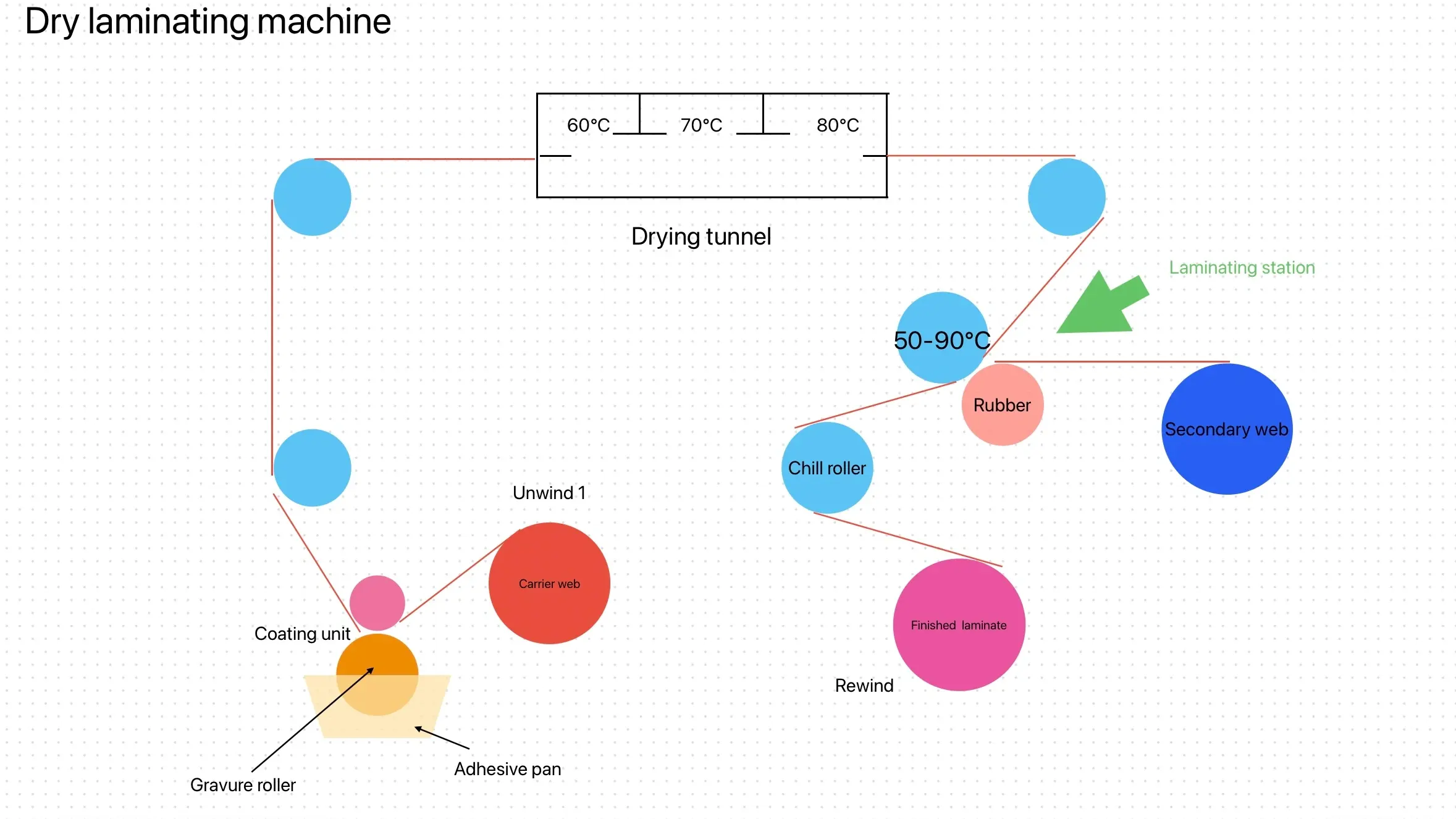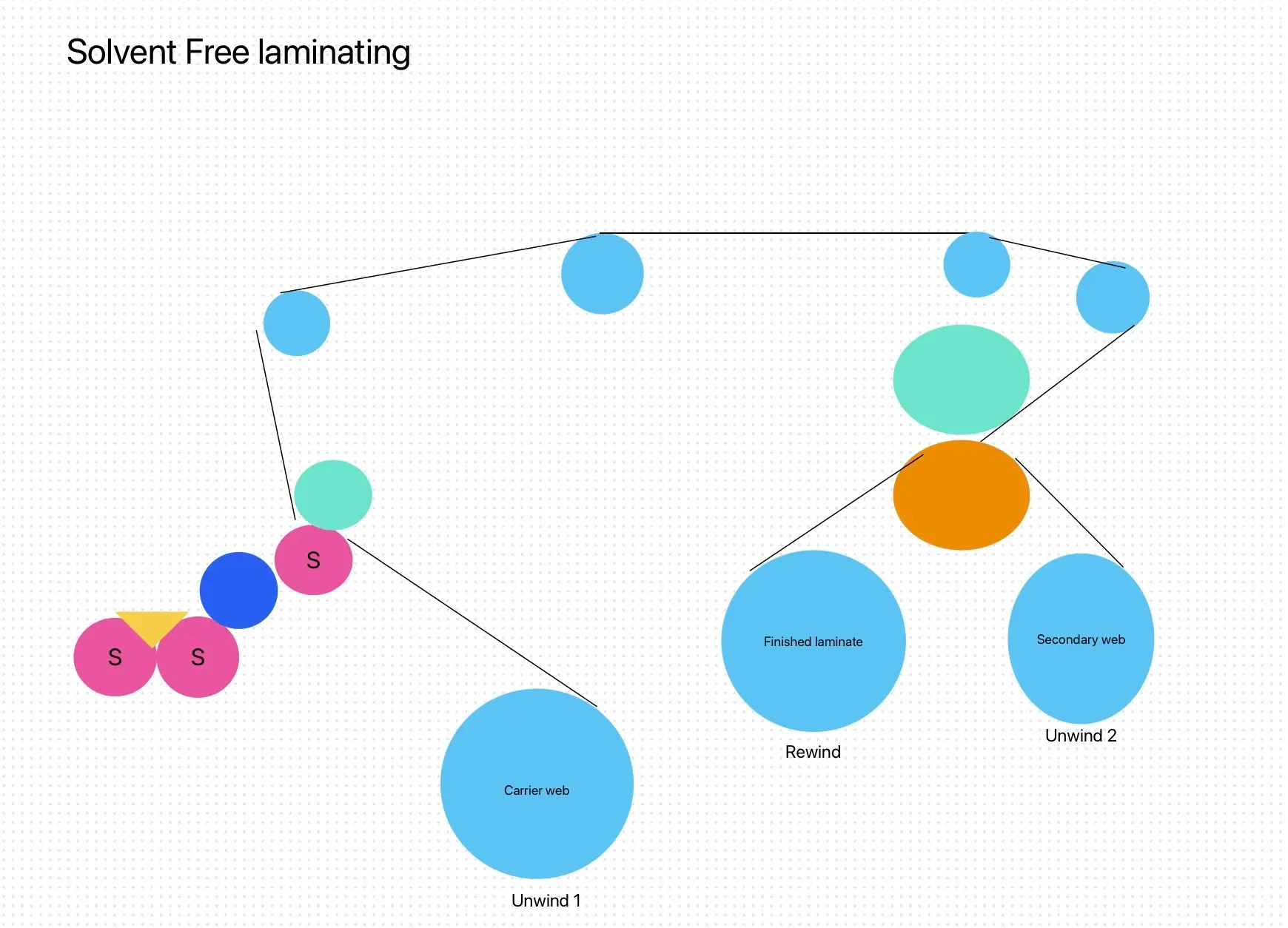Dairy products are expected to occupy a significant market share in the food sector
The current market situation shows that the demand for dairy products has surged and the consumption of dairy products is growing at a healthy pace. For example, according to the United States Department of Agriculture (USDA), Europe has the highest per capita cheese consumption. The average cheese consumption in the EU in 2021 was 20.44 kg. The United States and Canada ranked second and third in the year with 17.9 kg and 15 kg of cheese per capita, respectively. In 2021, the 27 countries of the European Union produced 10.35 million tons of cheese, almost twice as much as the second largest producer.
Among all dairy products, milk is the main staple food and an important part of a balanced diet, containing a high proportion of calcium and other important nutrients. According to the Food and Agriculture Organization of the United Nations and the United States Department of Agriculture, India consumed about 83 million tons of milk in 2021, ranking first in the world. The European Union’s milk consumption was 23.9 million tons, ranking second. Flexible bags dominate the overall milk packaging, followed by aseptic packaging, whose use is rising. Flexible bags have become a fast, cheap and safe packaging option. This packaging type is also easy to pack and handle due to a large distribution network across the country. Positive consumer response to milk pouches has led to the adoption of new technologies.
Liquid carton packaging is often associated with milk as it protects the food and is also good for the environment. Paperboard is a common material used to make milk packaging liquid cartons. Milk cartons, also known as gabled cartons, are a common form of polyethylene-coated paper packaging. Milk cartons are 80% paper and 20% polyethylene by weight. In the 1950s, paper milk cartons replaced refillable glass bottles, providing consumers with a convenient, lightweight alternative.
Many cheese brands and producers have adopted flexible packaging to provide value and convenience. Flexible packaging provides strength and protection to the product throughout a demanding supply chain that can damage other packaging types and lead to undesirable results.
For example, GOOD PLANeT Foods redesigned its full line of plant-based cheeses in April 2022 and expects significant growth in 2022, with recent increases in supermarkets such as Giant Martin, Giant Eagle and Hy-Vee, and nationwide distribution to Sprouts. GOOD PLANeT selected Belmark’s recyclable flexible pouches for the product to enhance the formulation and packaging.
Vacuum bags with medium (PA/PE) or high barrier (PA/EVOH/PE) performance have gained wide acceptance. These film-based vacuum bags are incorporated into modified atmosphere packaging (MAP) applications, primarily for dairy and protein packaging.

Asia Pacific is expected to witness significant growth
In the food industry, in addition to convenience, other characteristics such as sustainability, transparency, food safety, and reduced food waste also influence the choice of flexible packaging for meat, poultry, and seafood. According to statistics from the Ministry of Industry and Information Technology and the National Bureau of Statistics of China, the total profit of the national food industry in 2021 was about 618.7 billion yuan.
According to the Ministry of Health, Labor and Welfare of Japan (MHLW Japan), as of September 2021, the sales share of generic drugs in the Japanese prescription drug market was about 79%. According to the United Nations COMTRADE International Trade Database, Japan’s imported pharmaceutical products will reach a product value of US$37.29 billion by 2021. As the country’s population is rapidly aging, new drugs for related diseases are needed, and this demand is expected to increase. Therefore, such trends are expected to contribute positively to the growth of the market.
According to statistics from the Foreign Agricultural Service of the United States Department of Agriculture, the sales volume of dairy products in the Indian packaged food market reached 23.81 million tons in 2021, a significant increase from about 19.74 million tons in 2017. Indian food retail expansion and diversification is expected to be a catalyst for dairy packaged foods, with urban areas accounting for more than 75% of sales.
The Indian government has provided good investment and support to the fast-moving consumer goods (FMCG) sector in recent times, according to the Indian Brand Equity Foundation report. The sector has seen healthy FDI inflows of $20.11 billion from April 2000 to March 2022. Moreover, the Ministry of Consumer Affairs has allocated $222.19 million and the Ministry of Food and Public Distribution has allocated $27.82 billion as per the Union Budget 2022-23. Increased investments in distribution can improve the adoption of sustainable packaging for imports and exports in the region.




